How to Solve the Operational Comfort Issues of Shopping Mall LED Didplay Modules
Comfort as a Key Metric in Modern LED Installations
Shopping malls have evolved from pure retail hubs into lifestyle destinations. In such environments, LED display modules play a central role in delivering visual impact. However, operational comfort is now a priority alongside visual performance. Heat dissipation, noise control, and energy efficiency directly influence visitor experience, operational costs, and brand image. Madder understands that shopping mall LED display modules must meet high technical standards while ensuring they remain unobtrusive in public spaces.
Section 1: Understanding the Comfort Challenges in Mall LED Systems
The operational comfort of shopping mall LED display modules depends on several interconnected factors. Heat buildup can shorten component life and affect image stability. Excessive fan noise can disrupt ambient soundscapes designed for customer relaxation. High energy consumption impacts both environmental sustainability and operating budgets.
Unlike outdoor displays, mall-based LED modules operate in controlled environments with constant human presence. This increases the importance of thermal management and acoustic optimization. Customers expect a visually impressive display that is silent, reliable, and eco-friendly.
Section 2: Advanced Heat Dissipation Strategies for Prolonged Performance
Efficient heat management begins with module design. Passive cooling methods, such as optimized aluminum housings and integrated heat sinks, reduce reliance on active systems. Madder incorporates high-conductivity materials to accelerate thermal transfer away from LED chips.
In addition, airflow channel design within the module structure ensures consistent cooling without creating localized hotspots. Intelligent temperature sensors can adjust fan speed only when necessary, reducing unnecessary wear. By combining passive and active cooling, shopping mall LED display modules maintain optimal performance over extended operational hours without increasing maintenance demands.
Section 3: Reducing Fan Noise without Compromising Cooling
Fan noise is often overlooked until it becomes a problem. In the quiet ambience of a high-end shopping mall, background hum from cooling systems can detract from the visitor experience. Madder addresses this with precision-engineered low-noise fans and vibration-absorbing mounts.
By selecting fans with aerodynamic blade designs and high-efficiency motors, airflow is maximized while noise levels remain low. Intelligent fan control systems activate only during peak thermal loads, further minimizing audible disruptions. In premium retail zones or luxury brand areas, this level of acoustic control preserves the intended atmosphere.
Section 4: Improving Energy Efficiency for Sustainable Operations
Energy efficiency is both a cost-control measure and a sustainability commitment. Madder’s shopping mall LED display modules integrate high-brightness LEDs that deliver vivid imagery at reduced power draw. Advanced driver ICs maintain color accuracy while lowering current usage.
Dynamic brightness adjustment based on ambient light further cuts unnecessary energy consumption. In well-lit atriums, display brightness can be automatically reduced without sacrificing visibility. This not only conserves power but also extends LED lifespan, reducing the total cost of ownership.
Section 5: Balancing Visual Impact and Comfort
Operational comfort should not come at the expense of image quality. Madder ensures that all comfort-focused optimizations preserve high-resolution clarity and vibrant color reproduction. Fine pixel pitches provide crisp images even at close viewing distances typical in malls.
The integration of HDR processing enhances contrast, making content more lifelike while optimizing power usage. By balancing thermal, acoustic, and electrical efficiency with uncompromised visual performance, these modules deliver an experience that supports both branding and sales goals.
Section 6: Integrated System Design for Mall Environments
Achieving operational comfort requires viewing the LED system as part of the mall’s infrastructure. Integrators to ensure modules blend seamlessly with their surroundings. Concealed ventilation ducts, strategic placement, and noise-dampening enclosures all contribute to the final result.
Moreover, remote monitoring systems track temperature, fan speed, and power consumption in real time. This allows proactive adjustments and reduces the likelihood of unexpected downtime. A well-integrated display system supports not just individual store promotions but the mall’s entire visitor engagement strategy.
Section 7: Case Applications in Premium Retail Spaces
In luxury malls, low-noise, energy-efficient LED modules have been installed as central atrium screens, wayfinding displays, and interactive brand walls. For example, in a flagship retail center, modules with advanced heat dissipation and silent cooling created a comfortable atmosphere even during high-traffic events.
Such case studies demonstrate that performance and comfort can coexist when systems are designed with precision and foresight. They also show how investments in operational comfort yield long-term returns in tenant satisfaction and customer retention.
Conclusion: Comfort as a Competitive Advantage
As shopping malls continue to compete for foot traffic, the operational comfort of LED display modules becomes a differentiator. By addressing heat dissipation, fan noise, and energy efficiency together, malls create a more enjoyable environment for visitors while reducing operational strain.
The approach combines engineering expertise with an understanding of retail dynamics. The result is a line of shopping mall LED display modules that deliver dazzling visuals without compromising comfort. For mall operators and tenants alike, this represents a future where technology enhances experience without intrusion.

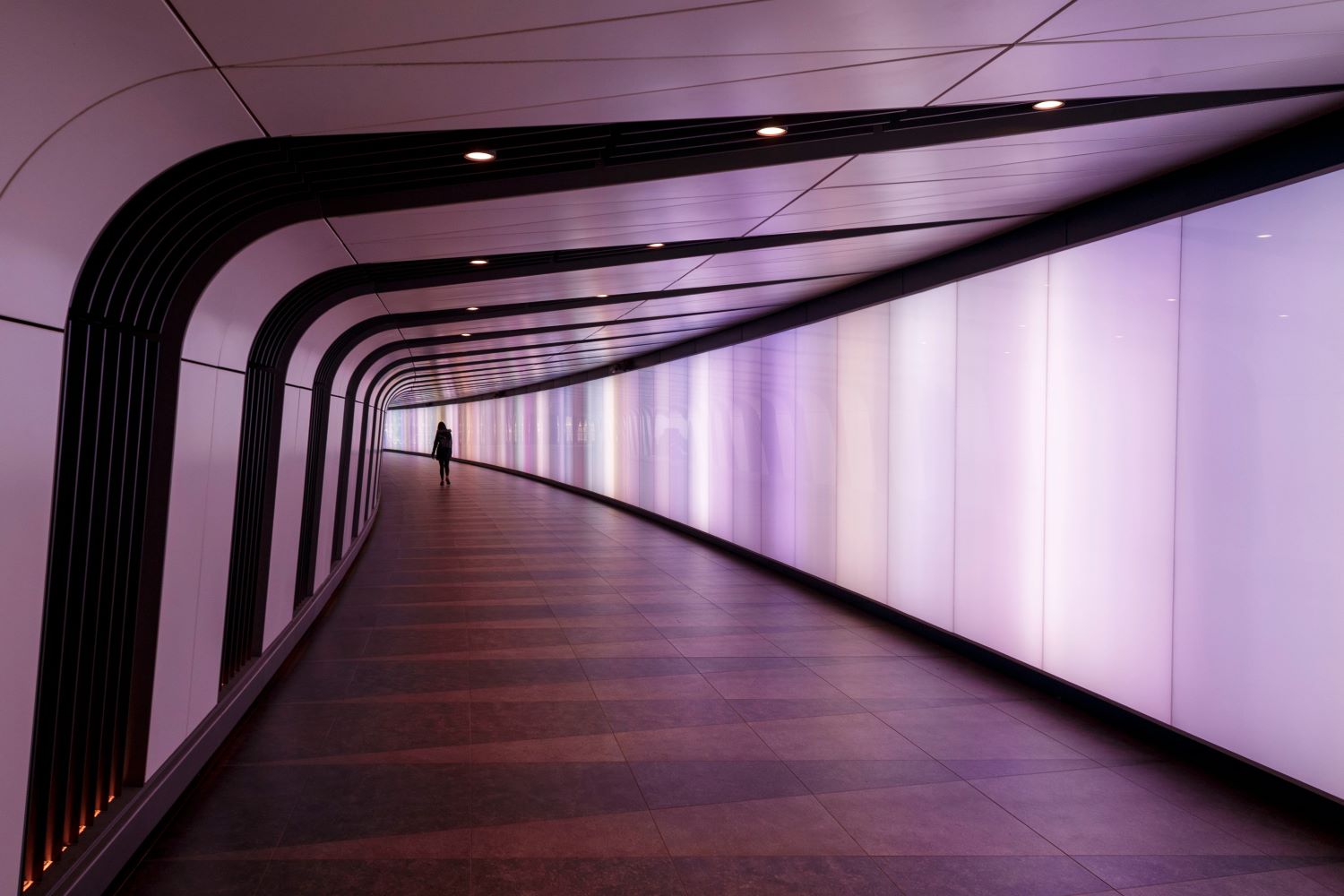
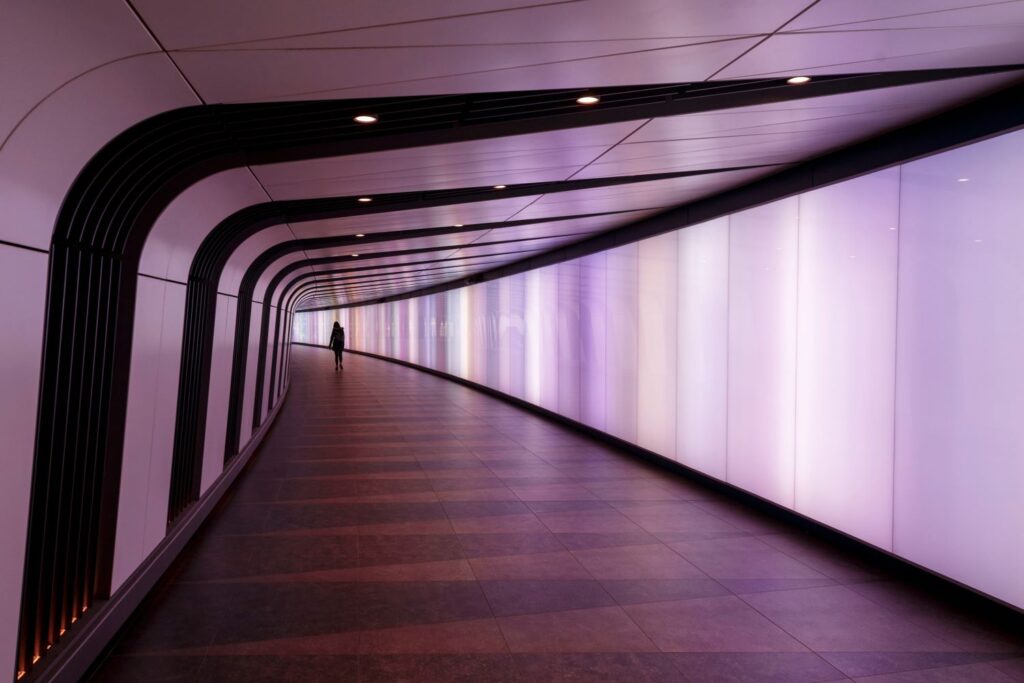
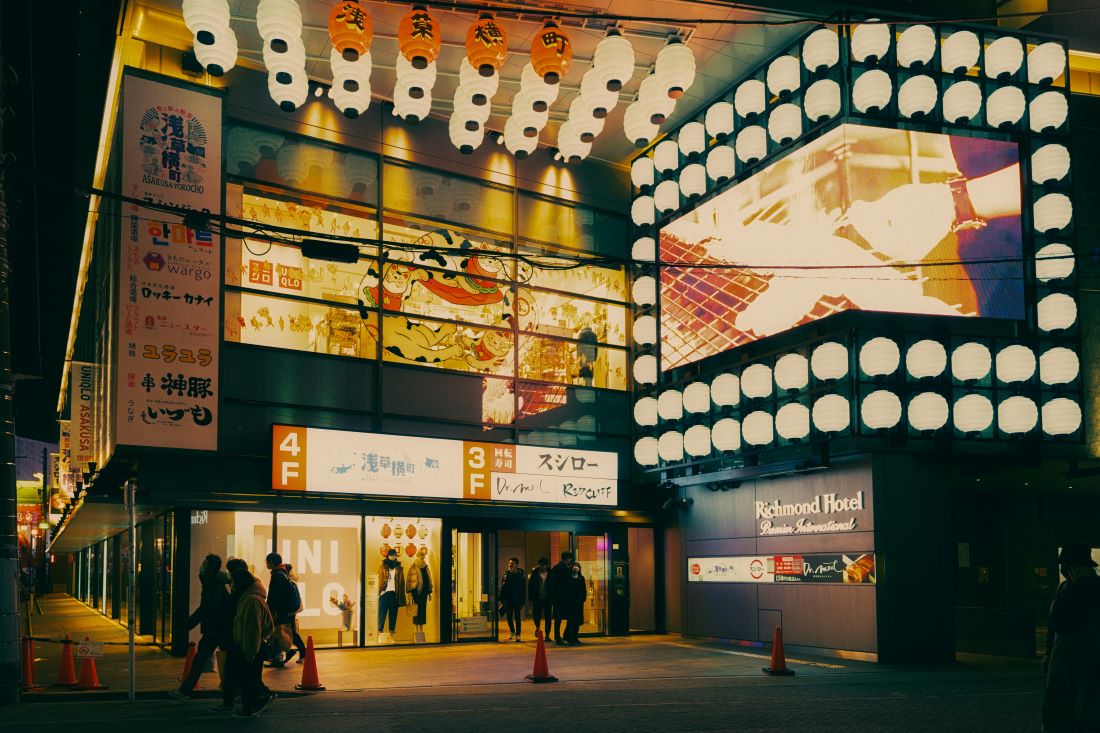


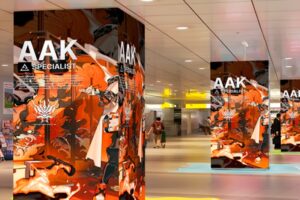
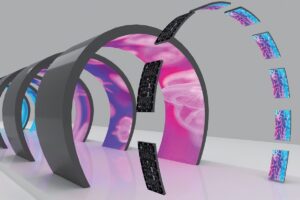
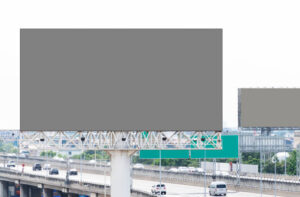


Leave a reply